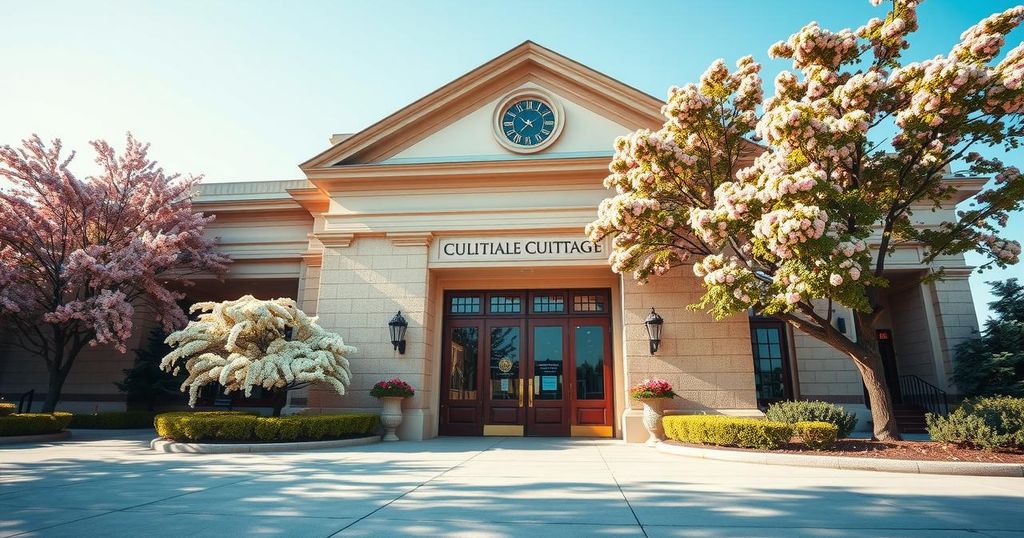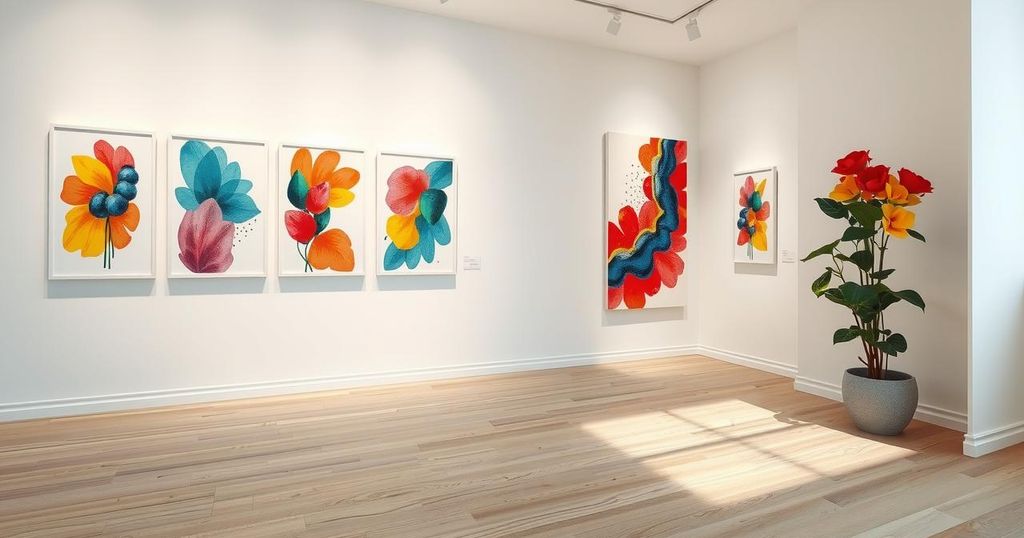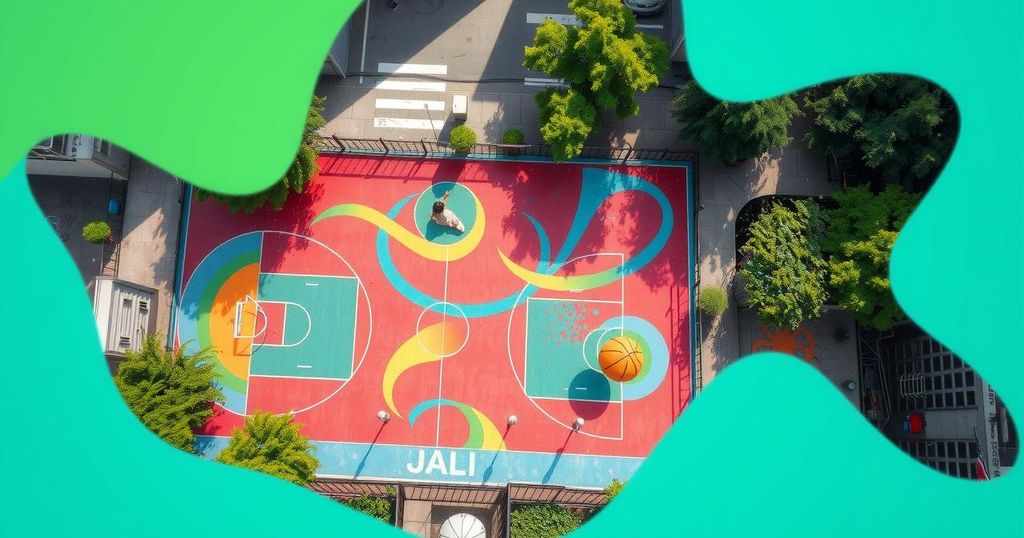Pacific Standard Time: Where Art and Science Creatively Converge
PST ART: Art & Science Collide is a large-scale art collaboration in Southern California, merging creativity and scientific exploration across more than 70 institutions. This year’s exhibitions invite dialogue around themes like climate change, environmental impact, and human connection, showcasing works from hundreds of artists while spotlighting significant collaborations between artists and scientists.
In 2011, an ambitious artistic movement erupted across Southern California, uniting 60 art institutions under the visionary banner of Pacific Standard Time (PST). Now in its third grand iteration—dubbed PST ART: Art & Science Collide—this audacious collaboration has blossomed into the largest art event in the nation this fall, showcasing the dynamic energies of more than 800 artists. As senior correspondent Jeffrey Brown takes us on a journey through various exhibitions, we are immersed in a world where the realms of art and science intertwine, sparking creativity in unexpected ways. At the Getty Museum, we are greeted by the awe-inspiring “Lumen: The Art and Science of Light,” where illuminated manuscripts from medieval times merge with contemporary artworks, illuminating the intersections of knowledge and imagination. Katherine Fleming, president and CEO of the Getty Trust, reflects on this interplay: “Art and science may at first blush look like things that don’t go together. But, actually, they do.” This sentiment resonates throughout the PST ART exhibition, as over 70 museums and galleries delve into themes that invite both reflection and connection to the world. Diversity in exploration is a hallmark of this event. At the Natural History Museum, traditional dioramas are reimagined through the lens of contemporary artists, while The Huntington’s “Storm Cloud” exhibition illustrates the environmental impacts of the Industrial Revolution. Community-driven narratives are shared at Self Help Graphics and Art through works like “Sinks,” highlighting the land contamination issues that trouble present-day Los Angeles. Moreover, the Hammer Museum’s “Breath(e)” exhibition channels urgent conversations about climate change into artistic expressions among leading contemporary artists. This call to revisit our relationship with nature echoes through the fabric of each exhibition, revealing a shared zeitgeist of both concern and hope. One of the standout exhibits features a collaboration between artists and scientists from NASA’s Jet Propulsion Laboratory, aptly titled “Blended Worlds: Experiments in Interplanetary Imagination.” Sculptor David Bowen and data architect Rishi Verma work together to bridge the immense distance between Mars and Earth through their intersecting visions—Bowen’s sculpture “Tele-Present Wind” vividly translates the ethereal winds of Mars using real data gathered by the Perseverance rover, simulating a connection to the red planet from our own terrestrial experiences. “Here was the data alive in front of me. So, it was absolutely magical,” Verma shares, capturing the wonder of perceiving scientific data transformed into sensory experiences. Across this artistic tapestry, Olafur Eliasson’s solo exhibition at MOCA Geffen invites us to engage with the beauty and chaos of our environment. Using light and natural materials, Eliasson provokes us to reconsider our perceptions, crafting responses to significant issues like climate change through imaginative artwork that challenges our understanding of nature. In an expansive event like PST ART, it’s clear that participants can curate their own experiences, choosing from the fusion of art and science that permeates the program. Through this confluence, PST ART not only showcases artistic endeavors but also unearths deep introspections about our place in a swiftly evolving world.
In 2011, the initiative Pacific Standard Time was launched, bringing together numerous art institutions across Southern California to foster a region-wide artistic dialogue. The project has since evolved into a major recurring event, connecting art and culture with various themes. This year, the third incarnation focuses specifically on the dynamic relationship between art and science, aiming to showcase how these disciplines intersect and inform one another through exhibitions across a variety of galleries and museums.
PST ART: Art & Science Collide represents a monumental exploration where creativity meets inquiry, inspiring conversations about humanity’s place in the natural world. By weaving together diverse artistic expressions and scientific insights, the initiative encourages a collective questioning of our future—echoing the timeless dance between art and science that continues to shape our understanding of existence.
Original Source: www.pbs.org



Post Comment